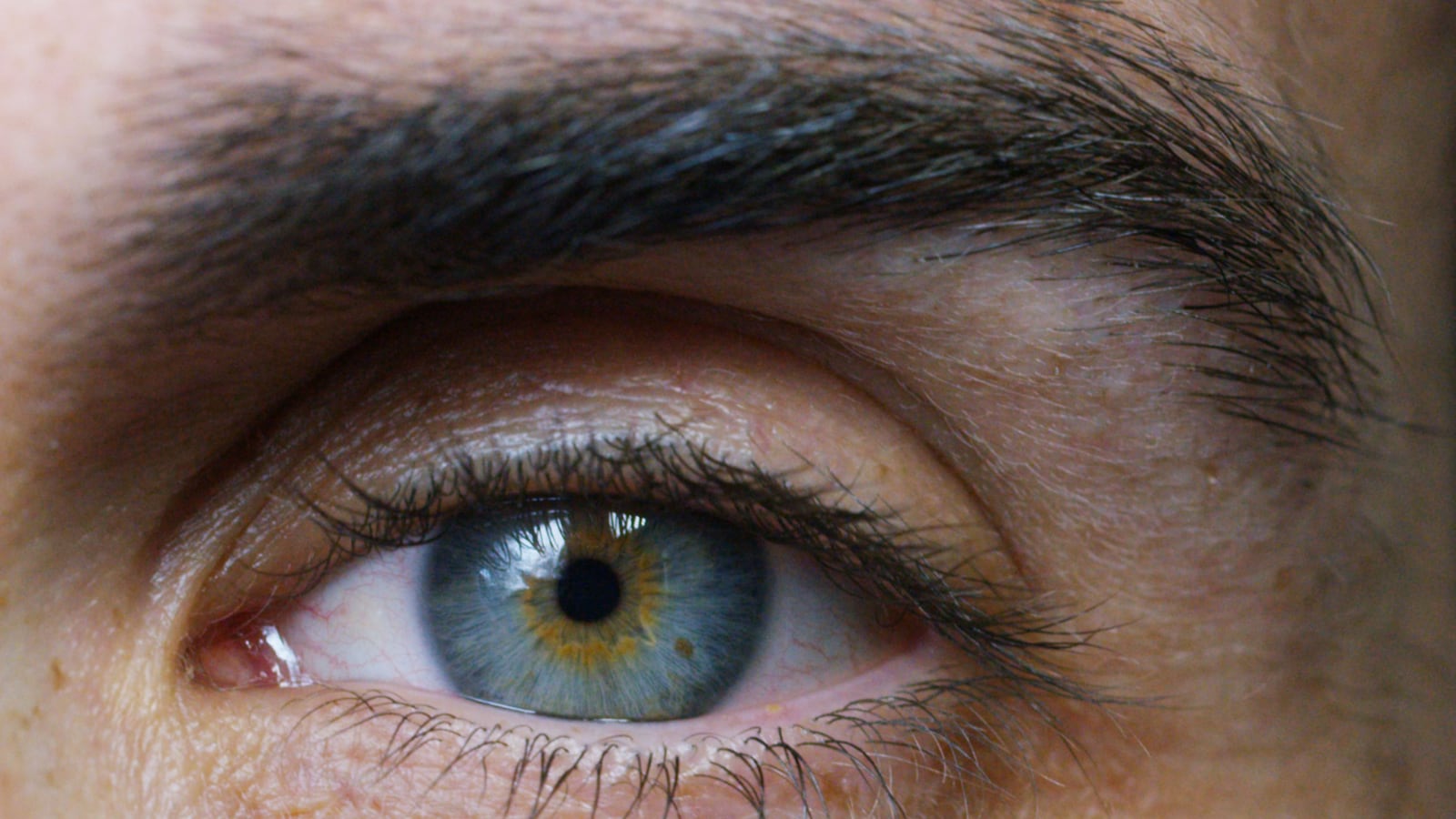The Impact Of The First Guided Diabetic Retinopathy Screening
Diabetic Retinopathy (DR), an eye condition causing vision loss and blindness, affects nearly 16.9% of patients with diabetes and 3.6% of whom are most likely to lose their vision because of sight-threatening DR (STDR), stated India’s first National Diabetes and Diabetic Retinopathy Survey in 2019. Hence, stressing the need for screening for ocular diseases in patients with diabetes is as critical as screening for diabetes.
In 2019, Remidio began working with the Directorate of Health Services (DHS), Government of Kerala on project Nayanamritham, the brainchild of Dr. Sobha Sivaprasad, Professor and Consultant Ophthalmologist at Moorfields Eye Hospital, London, UK.
Remidio’s Fundus on Phone, the world’s first non-mydriatic smartphone-based portable fundus camera, powered the DR screening at the 16 Family Health Centres (FHCs) across Thiruvananthapuram district. Remidio imparted extensive training to the FHC healthcare workers to capture retinal images, many of whom did not have prior experience.
The FHCs then transferred the retinal images to a picture archiving and communication system (PACS) at the Regional Institute of Ophthalmology (RIO), a tertiary ophthalmic centre in Thiruvananthapuram. The retinal specialists at RIO graded the images into the four categories of DR staging using teleophthalmology.
To document the program’s impact, a detailed analysis was conducted to ascertain the number of patients with diabetes screened, duration of diabetes, behavioural risk factors, the number of patients detected with DR, and the number of patients referred to a specialist.
A December 2021 paper published in the Journal of Clinical Medicine, found the prevalence of DR to be 17.4% (age – and gender–adjusted prevalence) among the 4,527 patients with diabetes screened in Kerala. If DR is left unchecked, it may often be, then the condition may lead to vision loss, including blindness. Another alarming observation was that nearly 99% of the patients detected with DR were unaware of the fact that they had DR. This finding stresses the urgent need for improving public awareness towards DR and associated vision loss.
“The Nayanamritham program has shown great promise in bringing affordable DR screening to the grassroots. Such FHC driven chronic eye disease screening models can significantly impact preventable blindness in India,” said Dr. Sobha Sivaprasad.
At Kerala, the sub-population that is more at risk of DR are patients with diabetes aged between 40–70 years. With most of the population being in the working-age group, visual impairment risk is likely to impact the individual and their family and society significantly. With a current prevalence of diabetes at 20%, Kerala has the highest prevalence amongst all the states of India. If DR were to be left unchecked, the impact on the economy would be tragic.
The Government of Kerala is actively working to curb the effects of DR and has expanded the program to 172 FHCs across the state based on the initial impact of the pilot screening program.
With ~30% of India dependent on public health paired with the rising levels of diabetes, a need has arisen to implement preventative care strategies designed to spread awareness, detect, and treat diabetic retinopathy as many lives may depend on it.
Read all the Latest News, Breaking News and Assembly Elections Live Updates here.
For all the latest lifestyle News Click Here

